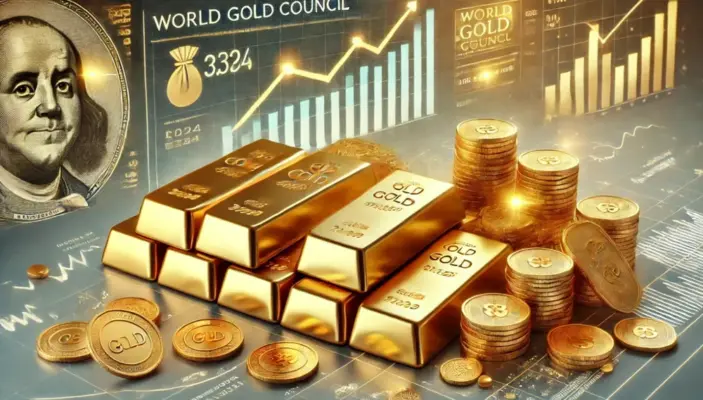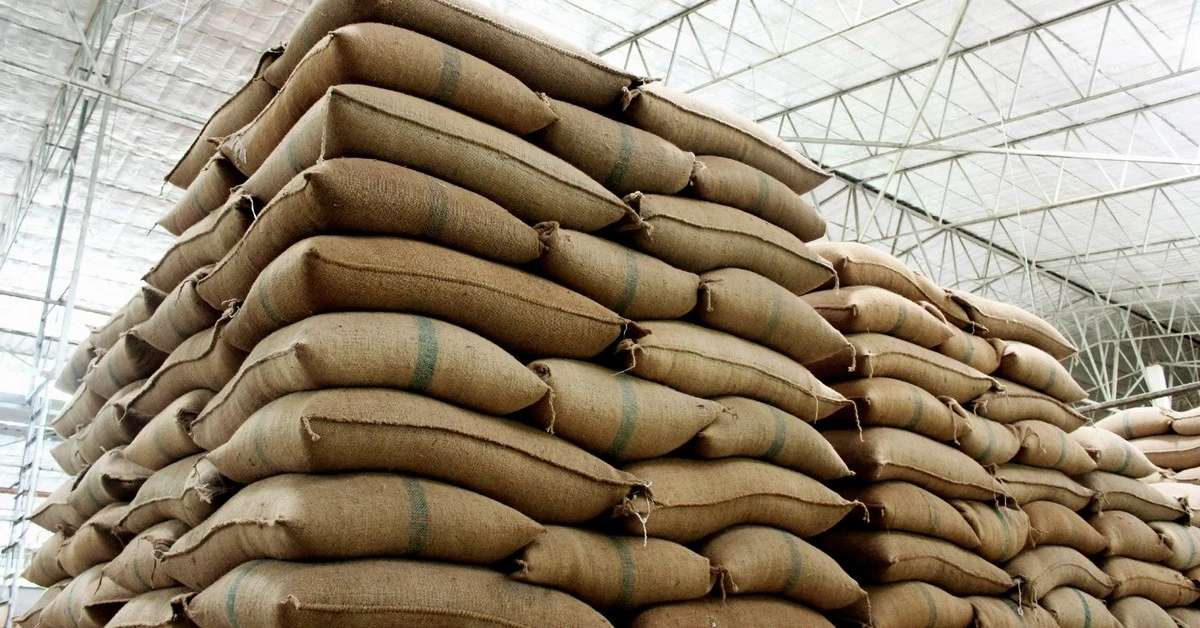On December 12, 2024, global gold prices dropped over 1% as investors took profits after briefly touching their highest level in five weeks earlier in the session. This movement occurred ahead of a critical Federal Reserve (Fed) interest rate meeting scheduled for next week.

Global Gold prices movements:
- Spot gold fell 1.2% to $2,684.32/oz.
- Gold futures declined more significantly, dropping 1.7% to $2,709.70/oz.
- During the session, gold touched $2,730/oz, its highest since early November.
According to Zain Vawda, a market analyst at MarketPulse by Oanda, gold still shows an upward trend in the short term. However, investors have taken profits ahead of the Fed meeting, where the central bank is expected to lower interest rates for the third time this year.
The U.S. labor market has shown signs of cooling, with an increase in jobless claims further reinforcing the likelihood of a Fed rate cut. The CME FedWatch tool now estimates a 98% probability of a rate cut in December.
The U.S. Producer Price Index (PPI) in November rose more than expected, alongside the Consumer Price Index (CPI), which posted its largest 7-month increase. However, the Fed continues to struggle to bring inflation down to its 2% target.
Impact on other precious metals:
In addition to gold, other precious metals also experienced price declines on December 12:
- Silver fell 2.7% to $30/oz.
- Platinum dropped 1.1% to $929/oz.
- Palladium decreased 1.1% to $970/oz.
Alex Ebkarian, COO at Allegiance Gold, noted that the gold market is waiting for signals from the Fed to determine the sustainability of the current upward trend. Meanwhile, the European Central Bank (ECB) also announced its fourth consecutive interest rate cut, lowering its benchmark rate by 25 basis points to 3%. The ECB hinted at further monetary easing in the future.
With these macroeconomic developments, global gold prices remain heavily influenced by interest rate policies from both the Fed and ECB.



